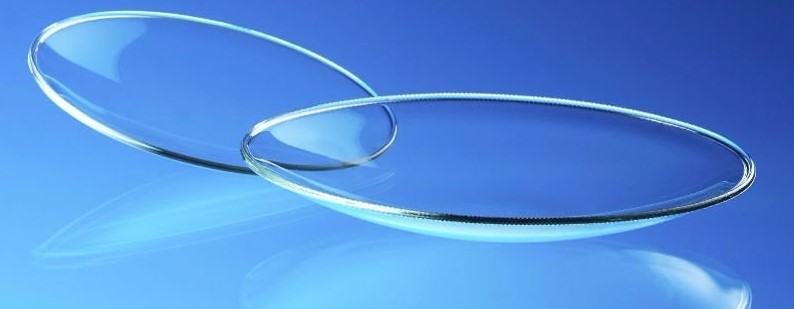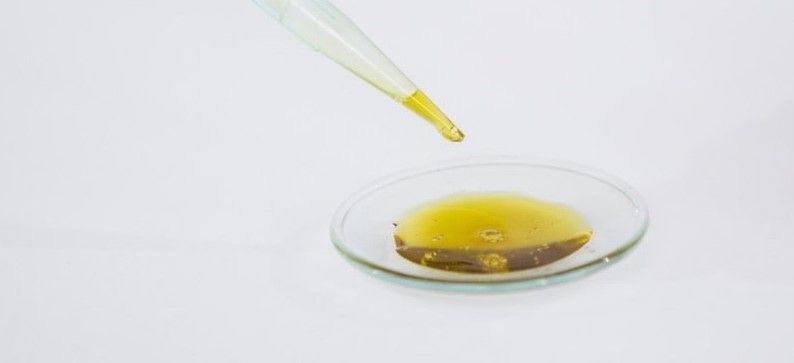The watch glass is a curved hollow used for chemistry, as an area to remove a fluid, to weigh any type of solids, to apply heat to a tiny sample and in turn to cover a beaker. This last point is usually applied to prevent molecules or other entities from getting into the beaker.
When used as a boiling zone, this type of glass allows a closer observation of sediments or solidification, and allows it to be located in an area of disparity color to increase the usual visibility. In addition, glasses are frequently used to cover a glass with whiskey, to centralize the aromas in it and to prevent overflow when the whiskey is broken.
Glasses for watches are so called because they are similar to those used for the front of antique pocket watches. In reference to this, large watch glasses are occasionally referred to as watch glasses.
👉 What kind of use does the watch glass have
One of the most popular uses of a glass as discussed above is attached as a cover for beakers. On this occasion, a watch glass is located inside the container, which simplifies handling and changing the state of vapor congestion. In addition, a watch glass is often used to house solids that are weighed on the scale. First of all, when weighing the required amount of solid, a glass is placed on the scale, then the weight is set to zero in order to obtain the weight of only the material of the specimen.
A watch crystal can not only be used to observe precipitation patterns and crystals, but can also be used to dry solids. When better drying is needed, a watch glass is often used on occasions when a solid molecule type requires splitting from its equally unstable solvent. The solid is spread on a watch glass, and a folded filter paper is often placed on top to prevent airborne particles from contaminating the product.
To make drying much faster, it is placed inside a fume hood to provide a constant current of air. Another typical technique used in chemical laboratories to increase the drying speed is to introduce a light stream of dry air or nitrogen gas over the glass from an inverted funnel held at the top.


📌 Watch glass care
We recommend that all glassware be washed before using it for the first time. Before using any piece of glass, always take the time to examine it carefully and make sure that it is in good condition. Do not use any glass material that is scratched, chipped, cracked or etched.
Dispose of broken or defective glassware safely. Use a waste container designed for this purpose that is puncture-resistant and clearly labeled. Pyrex glassware (or any other borosilicate glass) should under no circumstances be disposed of in a domestic glass recycling stream (e.g. bottle banks), as its high melting point makes it incompatible with other glasses (soda-lime glass) for recycling.
The correct method of disposal is to include it in the general waste according to the relevant guidelines, provided that the glass is free of any harmful chemical contamination. Never use excessive force to attach the rubber stoppers to the neck of a piece of glass. Always make sure to select the correct plug size.
Many Pyrex or Quickfit glass products are supplied with durable and easy-to-use plastic screw-on tube connectors to allow the secure fitting of any flexible tube. When attaching the tube, make sure that the screw thread connector has been removed from the glassware, the tube is lubricated, and the protective gloves are worn out. Never apply excessive force to connect the rubber hose or tube.
Carrying or lifting glass jars, glasses or large bottles, etc. by the neck or rim can be very dangerous. Always provide support from the base and sides. When stirring solutions in glass containers, avoid using stirring bars with sharp ends that can scratch the glassware and weaken it.
🔹 Characteristic
• When selecting the watch glasses, buyers can specify the desired diameter and can select products that are sturdy or disposable.
* Heavy-duty eyeglasses are usually thicker than standard commercial glass or plastic ones.
• These products can also withstand heavier workloads.
* Disposable plastic watch glasses are less expensive and lighter, but may not be recyclable.
* Buyers should check their local or institutional recycling guidelines to make this determination.
⭐ How it is used
Because working conditions can vary greatly, SciLabware cannot guarantee the performance of any of its glassware when used under vacuum or positive pressure. The application of positive pressures inside glass appliances is particularly dangerous and should be avoided, if possible. Safety precautions should always be taken to protect personnel, and some of them are listed below:
* Always use an appropriate safety screen and/or protective cage when using glassware under vacuum or positive pressure.
* Flat-bottomed containers, such as Erlenmeyer flasks and bottles, should not be used under vacuum, as they are likely to implode. Exceptions are containers with specially thickened walls, such as Buchner filter flasks and desiccators.
• Under no circumstances should glass material that is scratched, cracked or chipped be used. Any damage to the glassware will seriously impair its mechanical strength.
* Never expose the glassware to sudden changes in pressure. Always apply and release pressure gradients and vacuum cleaners gradually.
* Avoid tensioning the glass by tightening the clamps too tight. Support the glassware gently when possible.
❤ What are the examples of watch glass that can be found
Glasses for watches are usually thicker than any other glass or plastic laboratory material.
* Glass ones: they have the ability to be reused after being sanitized in a laboratory stove. The manufactured glasses provide high thermal shock resistance, chemical resistance and mechanical strength.
* Plastic Watch Crystals: This is a disposable watch glass that is used in the laboratory to avoid cross-contamination when preparing samples. They are very good for implementation in low temperatures and have an operating range of -57 to 135°C (-71 to 275°F); it can also resist UV light degradation. These plastic glasses are less expensive and lightweight.

